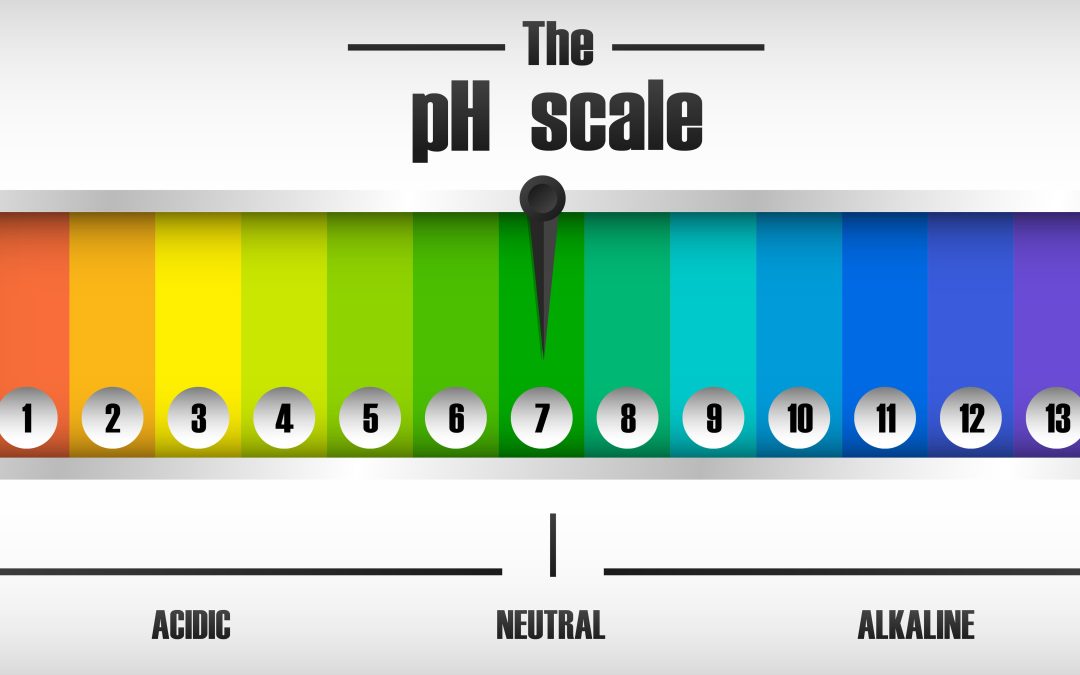What is pH Adjustment in Wastewater Treatment?
pH adjustment in wastewater treatment involves changing the acidity or alkalinity of water to a neutral level. It ensures the discharged water meets the required standards. Water with extreme pH levels can damage pipelines, interfere with treatment processes, or harm ecosystems. Wastewater pH control helps facilities comply with regulations and protect their operations. By adding acids or bases, the pH neutralisation process brings water closer to the ideal pH of 7. This treatment is essential for both industrial and municipal systems. Proper pH balance prevents corrosion, protects equipment, and supports other treatment processes. It is a standard step in any comprehensive wastewater treatment system.
Methods for pH Adjustment
Alkaline pH Adjustment
This method raises the pH of acidic wastewater. Alkaline substances, such as sodium hydroxide or lime, are commonly used. These chemicals increase hydroxide ions, which neutralise acidity. Alkaline pH adjustment must be carefully controlled to avoid overshooting the target pH. Automated acid and alkali dosing systems are often employed. This process is essential in settings where acidic discharges are common. Alkaline agents dissolve quickly and act rapidly. Their use must follow safety protocols due to their caustic nature. Wastewater pH control using alkaline chemicals is both effective and predictable.
Acidic pH Adjustment
This method lowers the pH of basic or alkaline wastewater. Acidic chemicals such as sulfuric acid or hydrochloric acid are used. These substances donate hydrogen ions, which reduce pH. Dosing must be exact to avoid corrosive outcomes. Acidic pH adjustment ensures that treated effluent meets regulatory limits. Acid and alkali dosing systems help maintain accuracy. It is often applied in industries that use basic process waste. Proper handling and dilution are crucial
for safety. This approach works quickly and integrates well into automated systems.
Why pH Adjustment is Important

Environmental Compliance
Many regulations limit the allowable pH range in industrial wastewater. The standard discharge range is usually between pH 6 and 9. pH adjustment in wastewater treatment helps meet this requirement. Noncompliance can result in fines or shutdowns. Meeting pH standards also reduces liability. This ensures businesses can continue operations legally. Wastewater pH control is, therefore, essential for legal discharge.
Protecting Equipment
Water with extreme pH levels can corrode pipes and equipment. This leads to leaks, failures, and downtime. The pH neutralization process shields infrastructure. It prolongs equipment life and reduces repair costs. Balanced pH prevents scaling in pipes. It also keeps dosing pumps and sensors functional. Proper pH control protects assets and reduces maintenance.
OptimisingOptimising Biological Processes
Many treatment plants use biological processes for organic removal. These systems rely on bacteria that thrive at a neutral pH. Extreme pH can slow or stop their activity. The pH adjustment in wastewater treatment helps maintain these systems. Balanced conditions improve treatment efficiency. It supports the breakdown of organic materials. Stable pH also reduces the need for chemical correction later.
Heavy Metal Removal
Heavy metals often precipitate better at specific pH ranges. pH control helps achieve the conditions required for removal. Industrial effluent pH treatment enhances this process. Proper adjustment can convert dissolved metals into solid forms. You can then filter these or let them settle out. Without pH control, metal removal is inefficient. pH balance is key for effective heavy metal treatment.
Common Chemicals Used for pH Adjustment
- Sodium Hydroxide (NaOH)
This strong base is used to raise pH. It is effective and reacts quickly. Sodium hydroxide is easy to store and dose. It dissolves completely in water. Care must be taken when handling it. Therefore, it is widely used for alkaline pH adjustment. - Lime (CaO)
Lime is a cost-effective option for raising pH. It reacts more slowly than sodium hydroxide. Therefore, it can also aid in solid separation. It creates less soluble byproducts. Lime is suited for large-scale operations. It must be mixed thoroughly. - Sulfuric Acid (H2SO4)
- A common acid for lowering pH.
- Sulfuric acid is strong and reacts quickly.
- It is economical and effective. It is in high demand for many industrial pH systems.
- So, professionals should handle with care to prevent hazards.
- Carbon Dioxide (CO2)
This is a gentle acid for pH control. It forms carbonic acid in water. It is safer to handle than strong acids. CO2 is used when precision is needed. It reduces pH without high risks. - Hydrochloric Acid (HCl)
Hydrochloric acid is another strong option. It is used to lower pH in controlled systems. It reacts fast and is efficient. Furthermore, store it in containers that resist corrosion. It is ideal for small or compact systems.
Why Control the pH in Your Wastewater

Regulatory Compliance is Mandatory
Strict discharge permits require a neutral pH. Violations lead to heavy penalties. pH control is essential to stay compliant. It helps avoid operational shutdowns.
Equipment Longevity Depends on Balance
Uncontrolled pH degrades pipes and tanks. Corrosion and scaling reduce system efficiency. Balanced pH extends asset life. It cuts long-term costs.
Chemical Reactions Require Stability
Certain treatments rely on pH levels. Chemical precipitation and neutralisation require a specific pH. Maintaining control improves treatment outcomes.
Worker Safety Improves with Control
Extreme pH can create hazardous work zones. Proper control reduces exposure risks. It helps maintain safe workplace conditions. It also eases chemical handling.
Conclusion
Effective pH adjustment in wastewater treatment is crucial for system efficiency and regulatory compliance. It safeguards equipment, supports treatment processes, and ensures safe discharge. Proper chemical selection and dosing systems enhance control and accuracy. Every facility managing wastewater needs a reliable pH neutralization process.
Consistent wastewater pH control ensures smooth operations and adherence to regulations. It supports industrial effluent pH treatment goals and promotes stable performance. Choosing the right strategy and tools leads to dependable results. Achieving optimal pH improves overall plant efficiency and reduces risks.
